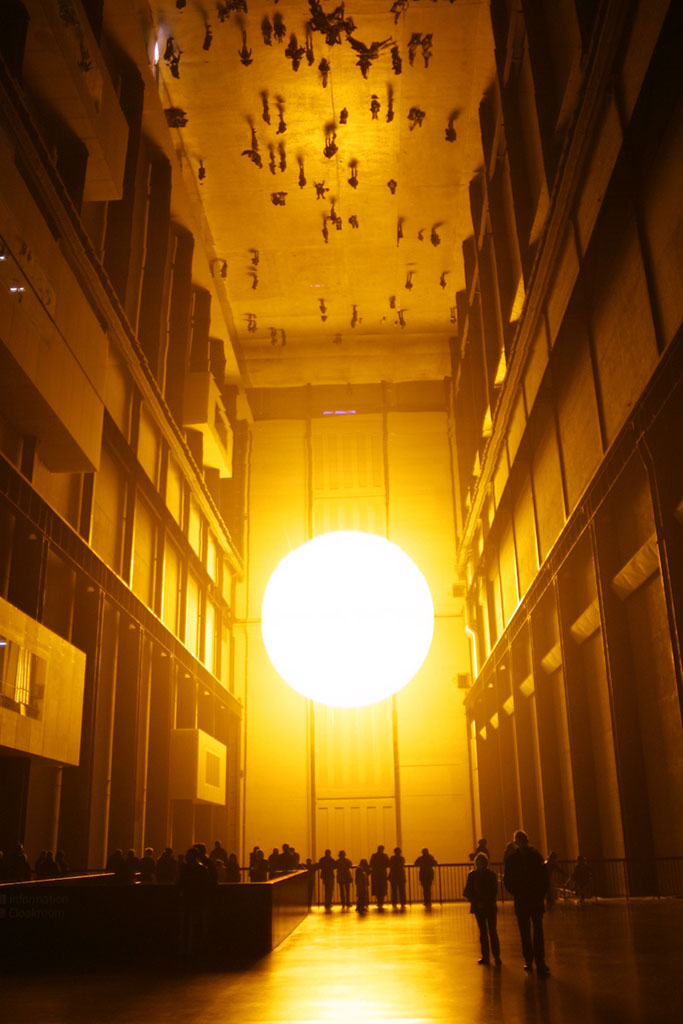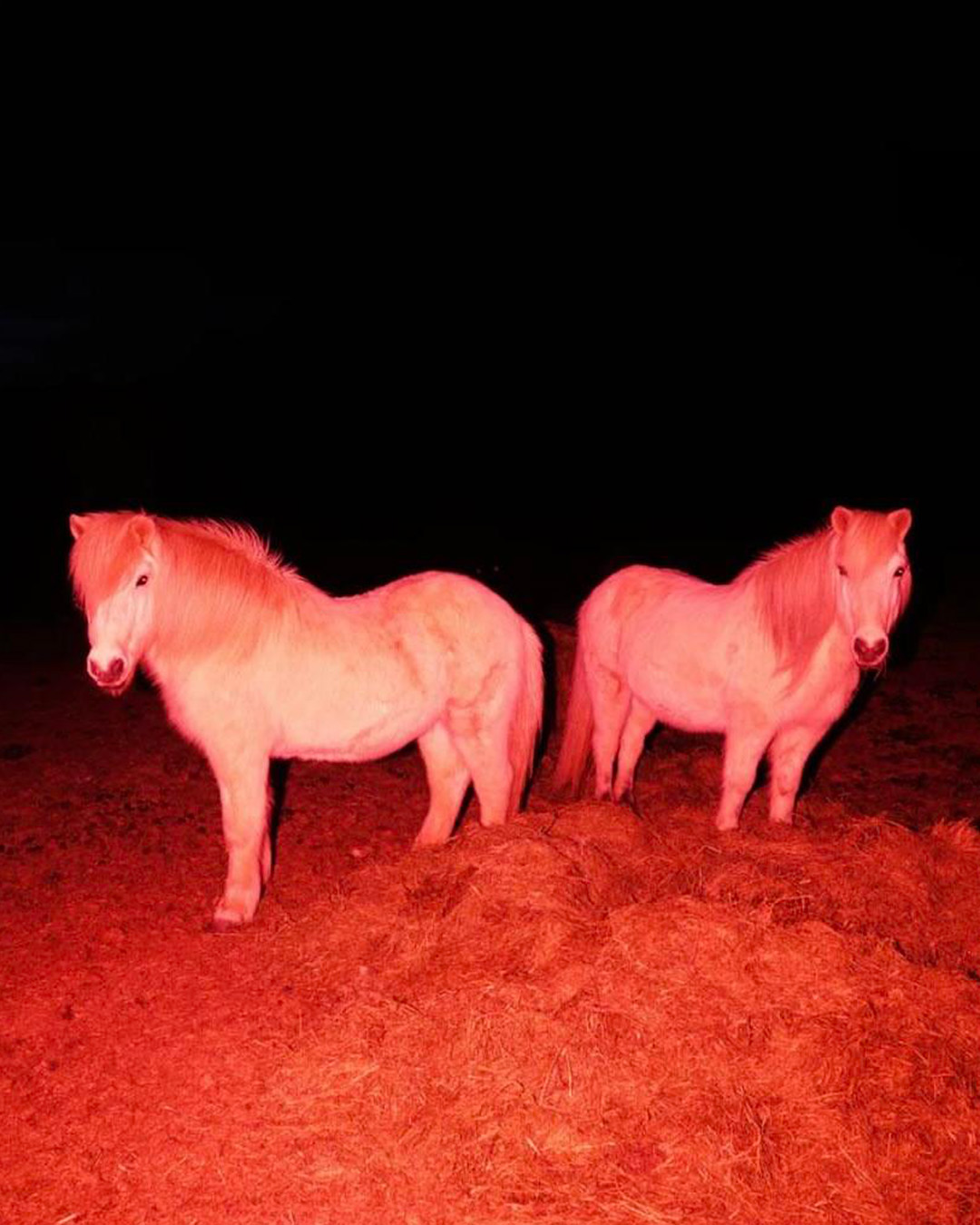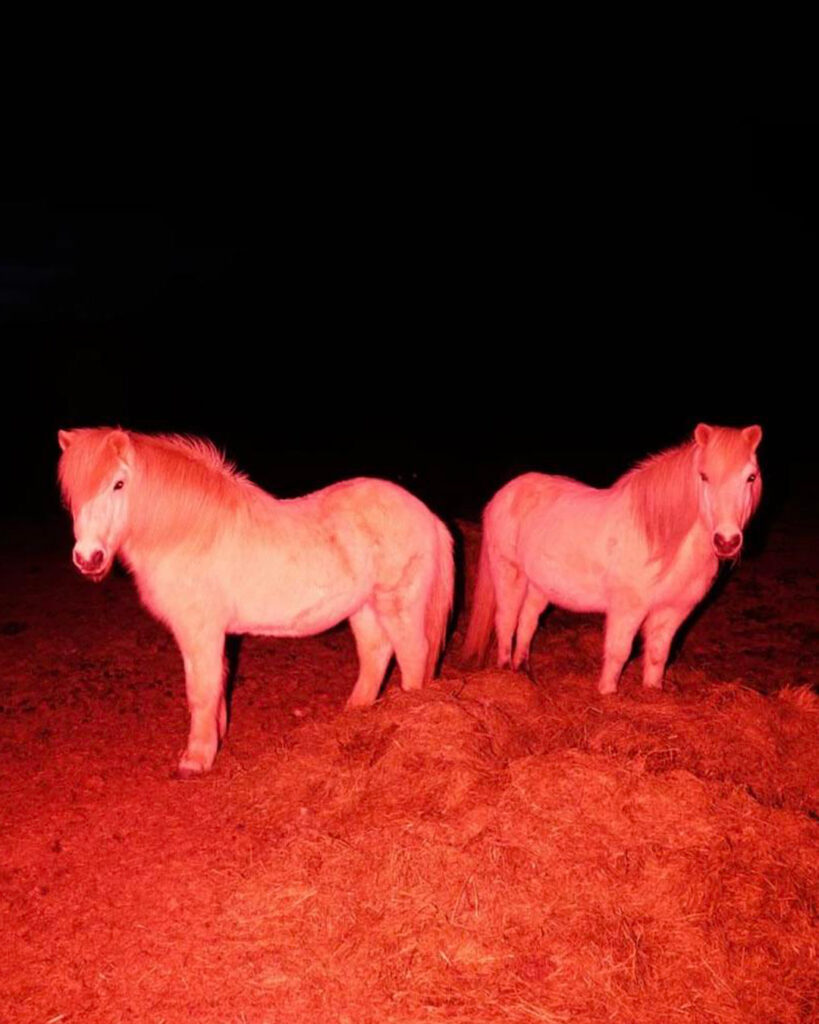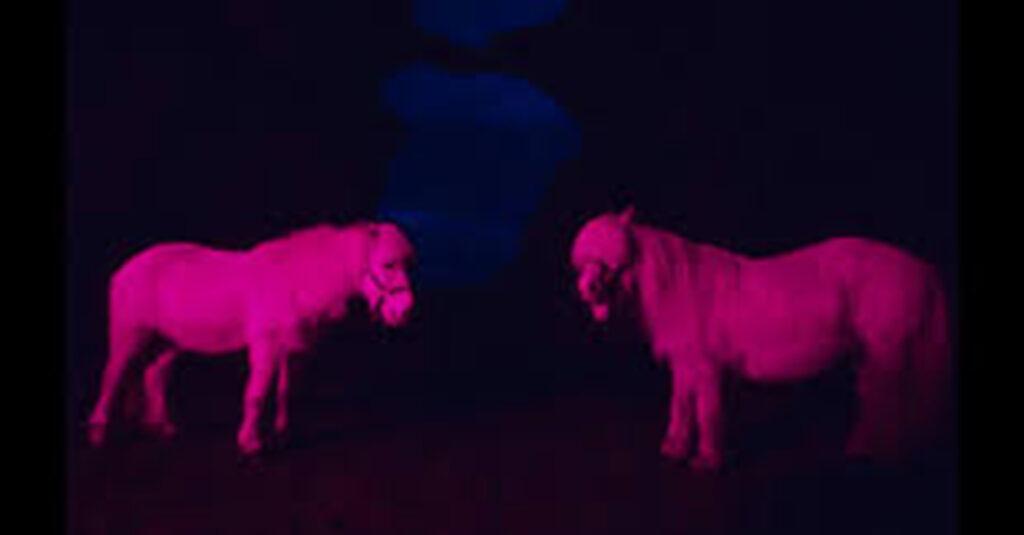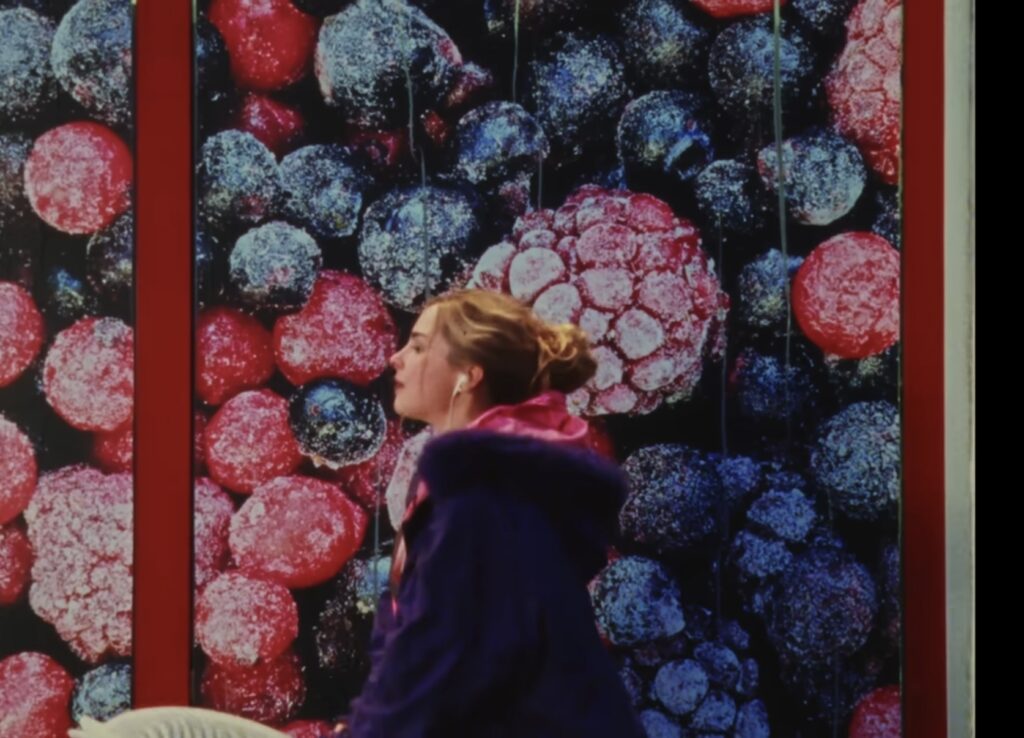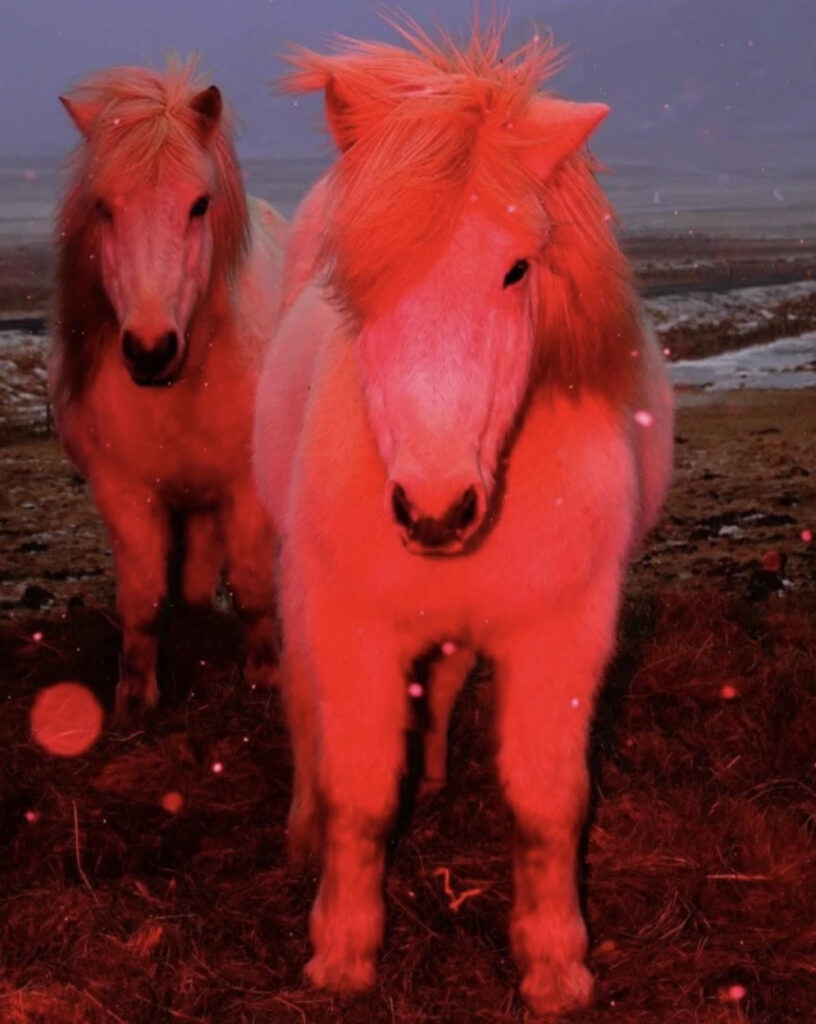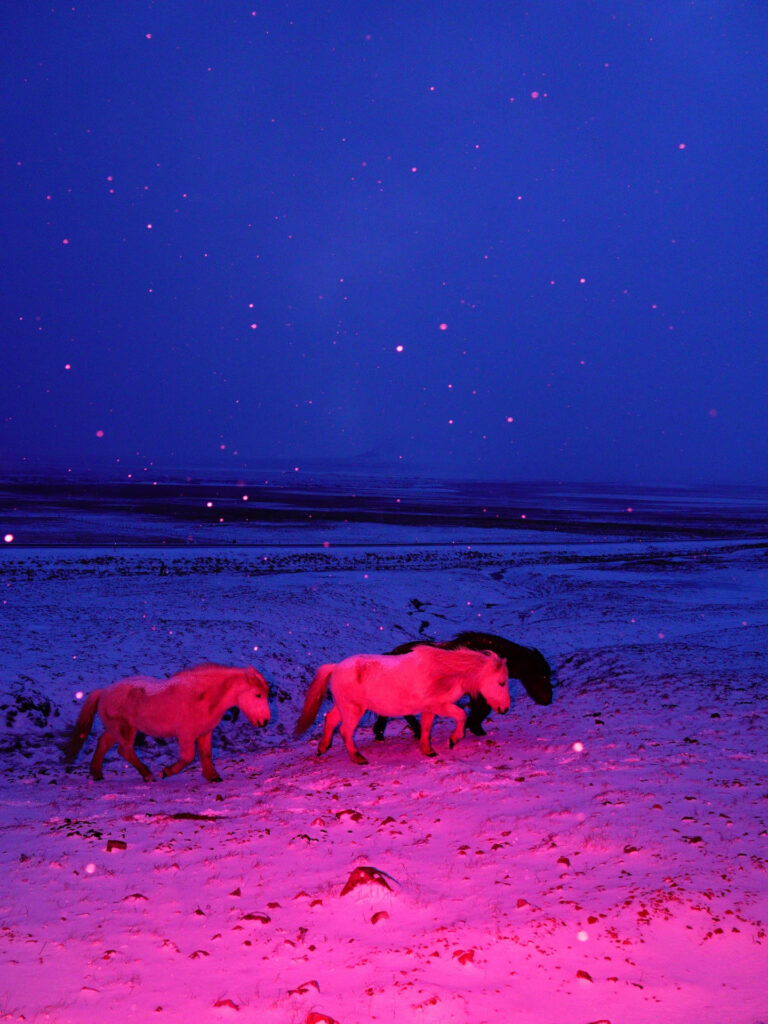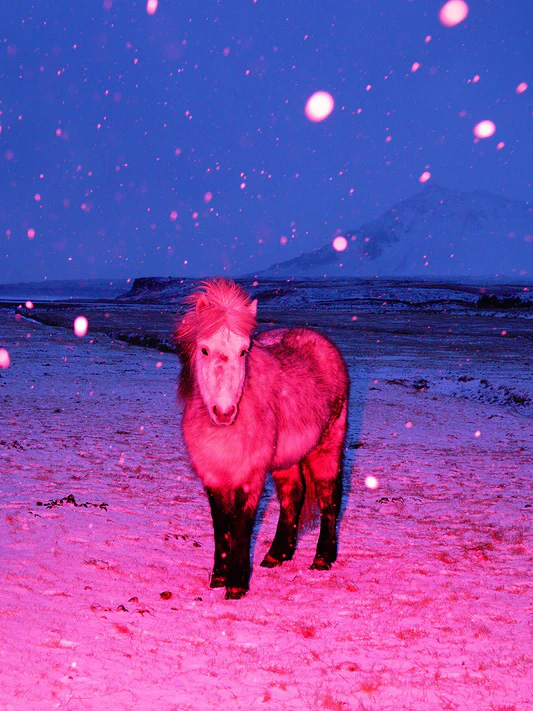Olafur Eliasson’s The Weather Project, exhibited at Tate Modern in 2003, remains a standout in the world of contemporary art. The installation transformed the cavernous Turbine Hall into an awe-inspiring environment. By blending light, mist, and mirrors, Eliasson created a space that evoked both wonder and introspection. Below, we explore the key elements of this iconic work and its enduring legacy.
At the heart of The Weather Project was a monumental “sun.” This glowing orb, created using mono-frequency lamps, emitted a monochromatic yellow light. Its half-circle shape, combined with a mirrored ceiling, formed the illusion of a complete, radiant sun.
The atmosphere was further enhanced by mist machines, which filled the hall with a light haze. This added a surreal, otherworldly quality to the space. The limited color palette of yellow and black heightened the effect, stripping the environment of natural colors and immersing visitors in a uniquely sensory experience.
Unlike traditional art pieces, The Weather Project invited active participation. Visitors lay on the floor, gazing upward to observe their reflections in the mirrored ceiling. Many waved, gestured, or created shapes with their bodies, turning the installation into a shared experience.
This interaction fostered a sense of connection. People were not just passive observers—they became part of the artwork itself. This aspect of audience participation is a hallmark of Eliasson’s practice, which often blurs the line between the observer and the art.
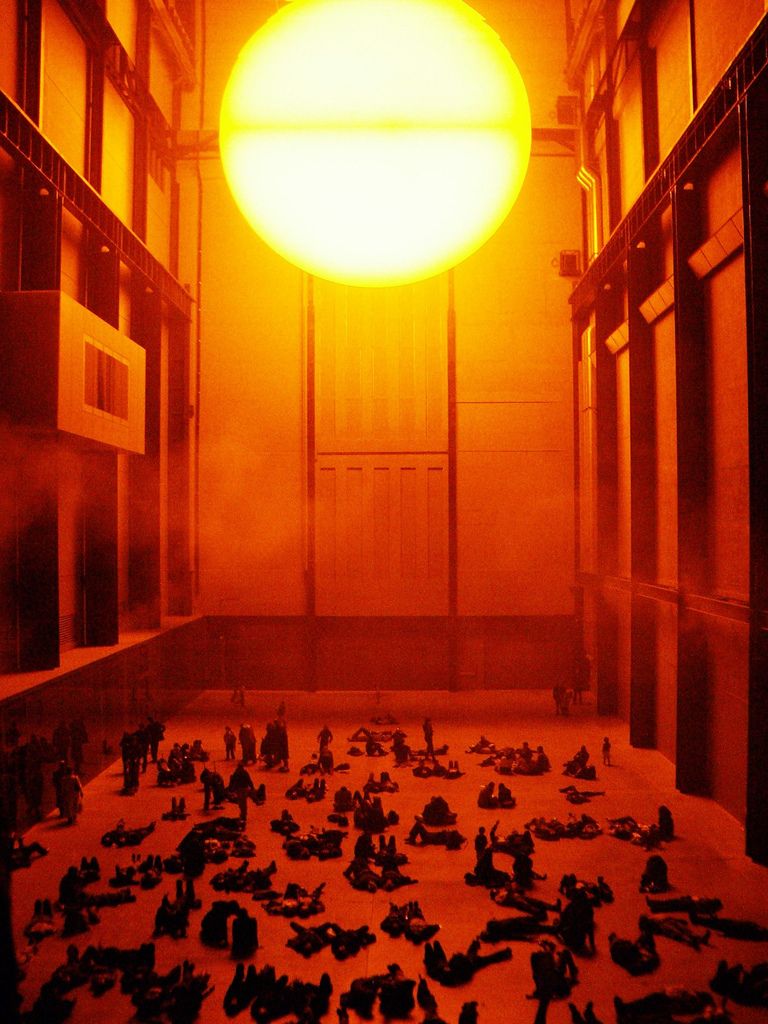
Eliasson’s work often reflects themes of nature, perception, and humanity’s relationship with the environment. The Weather Project centered on the universal phenomenon of weather, a topic that unites us all.
By recreating the sun, the installation prompted visitors to think about the natural world and its significance. Though subtle, it also raised environmental questions. It encouraged reflection on how artificial environments affect our perception of nature and reminded us of the interconnectedness of humans and the planet.
The Weather Project remains one of the most memorable installations of the 21st century. It showcased how art can transform physical spaces and inspire emotional responses.
Eliasson used simple elements—light, mirrors, and mist—to create a profound experience. The installation offered a moment of collective reflection, reminding viewers of the power of nature and the beauty of shared human connection.
Olafur Eliasson’s The Weather Project is more than just an artwork—it’s an experience. By merging light, atmosphere, and participation, the installation created a space for wonder and introspection. Even years later, its message about connection and nature feels as relevant as ever.
This masterpiece reminds us of the beauty in simplicity and the importance of cherishing the shared spaces that unite us all.
